Dachshunds: The undisputed kings of their castles, no matter the size (or species) of the other residents
Kate MacDougall gets the lowdown on dachshunds and discovers why their tiny stature doesn’t impinge on a ‘sausage’ dog’s zest for life.

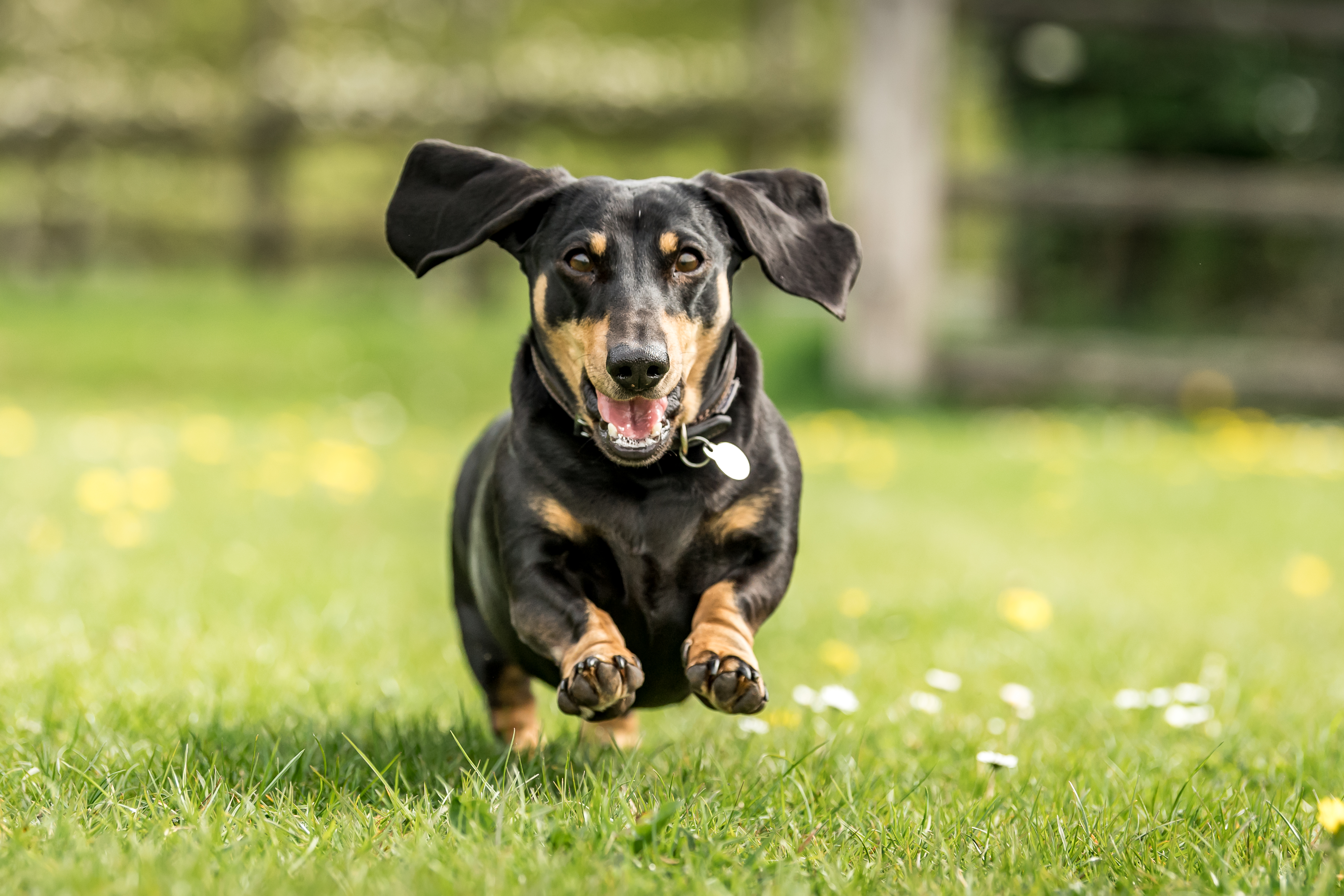
It wasn’t long after getting our now three-year-old miniature dachshund, Henry, that he tracked a muntjac in nearby woodland. We were on a family walk, children and an elderly Jack Russell in tow, when he suddenly darted forward, nose to the ground, tail thrashing wildly.
He wasn’t fast enough to get very close and the enthusiastic barking would have easily alerted most of the deer in the county, but his exuberance and sheer pluck were a real eye-opener. Not least to my husband, Finlay, who, up until that moment, had been distinctly lukewarm about Henry’s arrival, preferring dogs with a little bit more leg.

However, watching him weave his tiny body through the undergrowth in pursuit of an animal at least 20 times his size was a revelation. ‘Henry’s not what I thought he was,’ Finlay confessed, which, in many ways, sums up the breed perfectly.
Dachshunds are something of a paradox and often misunderstood. Their diminutive stature, which lends them to the arms and bags of celebrities, leads some to dismiss them as lap dogs. Offered a lap to curl up on, the dachshund will, of course, happily cooperate, but it won’t stay there for long.

No matter how many Arran sweaters or Instagram followers a sausage dog has, the indomitable hound gene prevails. Dachshunds –‘badger hounds’ in German – are a classic example of this group: spirited, loyal and courageous, with an acute sense of smell and a passion for hunting. Smooth, long or wire-haired, miniature or standard, the dachshund is a big, bold dog in a very small dog’s body.
Dachshund breeder Di Handy, who lives near Thame in Oxfordshire and has bred and owned standard and miniature dachshunds for more than a decade, ensures that prospective buyers are aware of their personality before committing to one. ‘They’re not handbag dogs,’ she insists. ‘They need plenty of exercise and attention and can’t be left alone for hours on end.’
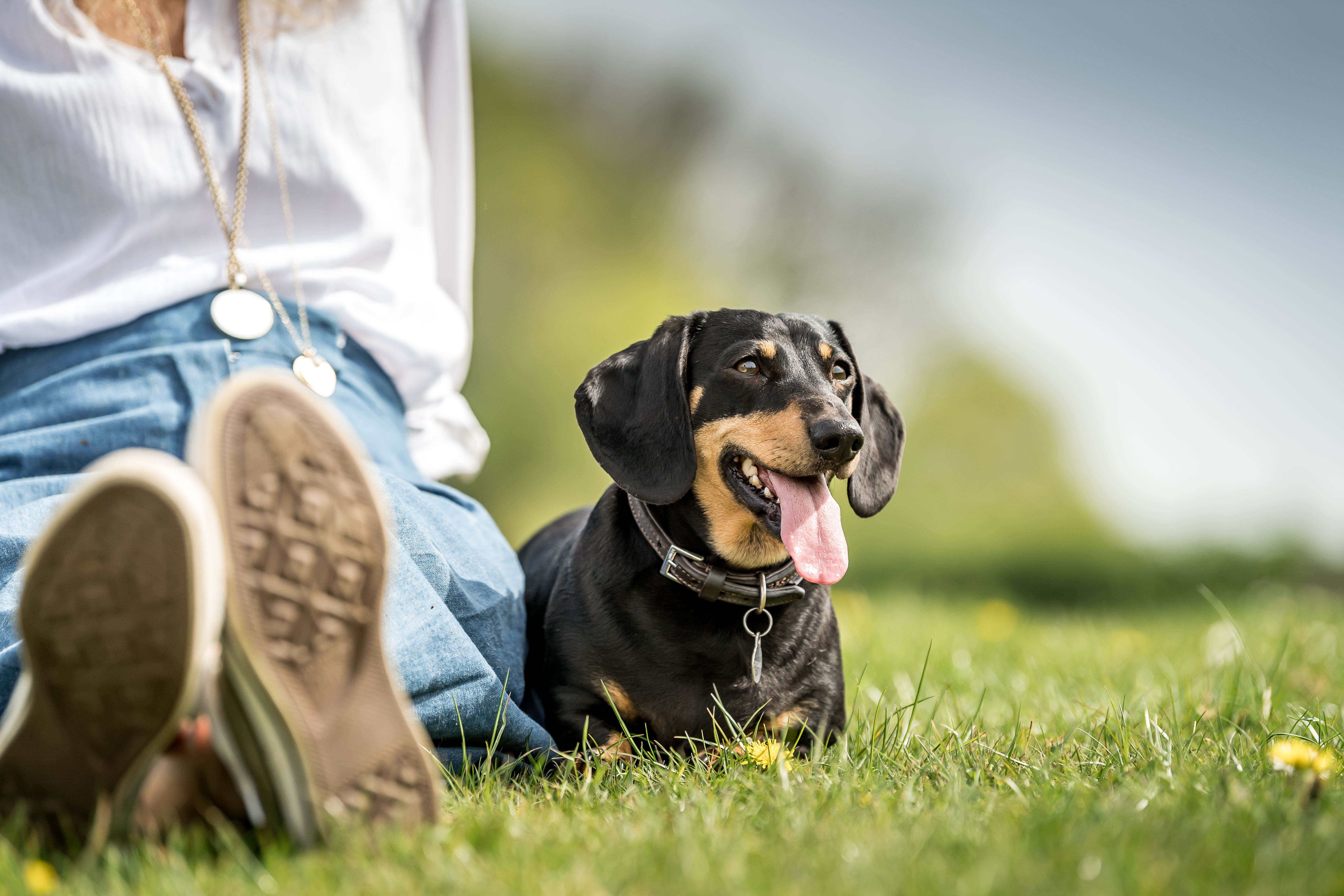
Breeders have seen a huge rise in demand for dachshunds, with the Kennel Club (KC) reporting an increase of 112% in the past five years alone, ranking the dog as the fifth most popular breed in the UK last year. Not surprisingly, Mrs Handy has a long waiting list.
Exquisite houses, the beauty of Nature, and how to get the most from your life, straight to your inbox.
‘It isn’t a shock that there’s been a huge surge in popularity of all types of dachshunds, especially as the trends towards smaller homes and busy lifestyles grow and the breed is regularly featured across social media, TV, adverts and films,’ points out the KC’s Caroline Kisko. ‘They may be small, but they still need mental and physical stimulation.’

Their compact proportions and willingness to be escorted around town make them an excellent urban dog, as long as they get plenty of exercise. Daisy Honeybunn’s smooth-haired miniature, Sukha, is as happy trotting through the streets of London as she is at her country residence, The All England Jumping Course at Hickstead, West Sussex.
‘Like me, I think she’s a country girl at heart, but she wouldn’t say no to dinner at Scott’s,’ laughs Miss Honeybunn. Sukha has dined at many of the capital’s smartest restaurants, in between mixing with the country’s equestrian elite, a dichotomy she takes in her petite stride.
Having originated in Germany in the 15th century, the dachshund was initially bred to scent badgers, their wide-digging paws, long bodies and fierce determination making them perfect for subterranean hunting.
As the breed developed into the standard and miniature sizes, the larger dogs continued to hunt badgers and wild boar and the smaller ones pursued rabbits and foxes.

By the mid 19th century, the dachshund became a KC-registered breed and quickly rose to prominence thanks to Queen Victoria, the first of many famous owners. Introduced to the breed by her husband, Prince Albert, Victoria owned a number of the dogs throughout her reign, several of which were immortalised in paintings and mentioned in her personal correspondence.
She famously declared that ‘nothing will turn a man’s home into a castle more quickly and effectively than a dachshund’, which is easy to say if you live in a castle. The sentiment is, however, unquestionably true. Dachshunds have a distinctly noble quality, with an aristocratic profile and an innate assurance that their size is no hindrance to achieving greatness.
Other royal owners included Princess Margaret, whose favourite long-haired miniature dachshund, Pipkin, was mated with one of The Queen’s corgis. The match resulted in the ‘dorgi’ crossbreed and offspring related to The Queen’s dogs Vulcan and Candy.

Despite these regal connections, the breed has seen its fair share of controversy and was almost completely ostracised in the first half of the 20th century. After the First World War, the dachshund was often used to symbolise and vilify Germany in Allied propaganda. One poster depicts Britain as a strong and solid bulldog, with a weak and lifeless dachshund hanging limply in its mouth with the caption ‘Got him!’. To be seen with a dachshund was akin to supporting the enemy and, sadly, some dogs were persecuted.
Fortunately, their forceful personalities and unique silhouette meant they weren’t out of favour for long and, with a little rebranding (Americans named them ‘liberty dogs’ for a time), they trotted back into popularity.
That distinctive dachshund form has not only been a merchandiser’s dream – appearing on everything from oven gloves to scarves fashioned in an elongated sausage shape – it’s also inspired some of the 20th century’s most famous artists, including Picasso, Warhol and David Hockney. The latter’s miniature reds were the subject of their own series.

As a first-time dachshund devotee, I’m an amateur in contrast to many owners who were brought up with them as children, before gravitating back to the breed later in life. Indeed, Miss Honeybunn’s father, Douglas, acquired their first ‘sausage’ dog at Ascot racecourse in exchange for a case of wine when she was seven. ‘The family hasn’t looked back since,’ she enthuses.
Similarly, the Crichton-Stuart family has four dachshunds in total: two long-haired miniatures that live in Oxfordshire with Freddie and his young family, one that resides with his sister, Katie, in London’s Eaton Terrace and Gladys, their mother’s long-haired miniature, who divides her time between Switzerland, Chelsea and St Barts in the Caribbean. ‘They don’t like being left alone,’ Freddie’s wife, Lenka, points out. ‘Gladys is so well travelled because she sulks if she’s left behind.’

Some might dislike their tendency for diva-like behaviour, but fans of dachshunds contend that their loyal, affectionate natures make up for any shortcomings. ‘I can’t imagine getting into a bed now without a sausage dog in it,’ confesses Clementine Fraser of her smooth-haired miniature, Stanley. ‘They make the most fantastic hot-water bottles.’
Stanley greets me cheerfully when I arrive at the Frasers’ Cotswold home, where – despite four resident dogs, including two labradors and a lurcher – he’s clearly in charge. Indeed, the little dog sits proudly on his owner’s knee, paws firmly placed on the dining table, as the bigger animals circle around him.
As the great-granddaughter of Sir Winston Churchill, Mrs Fraser comes from a notable line of dog lovers, but, unlike her ancestor, she far prefers dachshunds to poodles: ‘I’d never be without one now. Dachshunds fold themselves into your life so seamlessly. Stanley is the most faithful friend.’

A tendency to bark, health issues with their spines (intervertebral-disc disease can affect up to 25% of dogs) and their stubborn nature can prove problematic – Mrs Handy says it can take six months to housetrain them – yet nothing beats the joy of seeing those little legs trotting towards you.
I must admit that Henry’s training is still a work in progress, but I can confirm that all the effort is absolutely worth it. As my husband remarked recently: ‘Great things do sometimes come in small packages.’

Credit: Getty
Saving Ratty: The sad plight of Britain's water voles
The loss and damage of their habitats has led to the decline of water voles, beloved by Britains since the
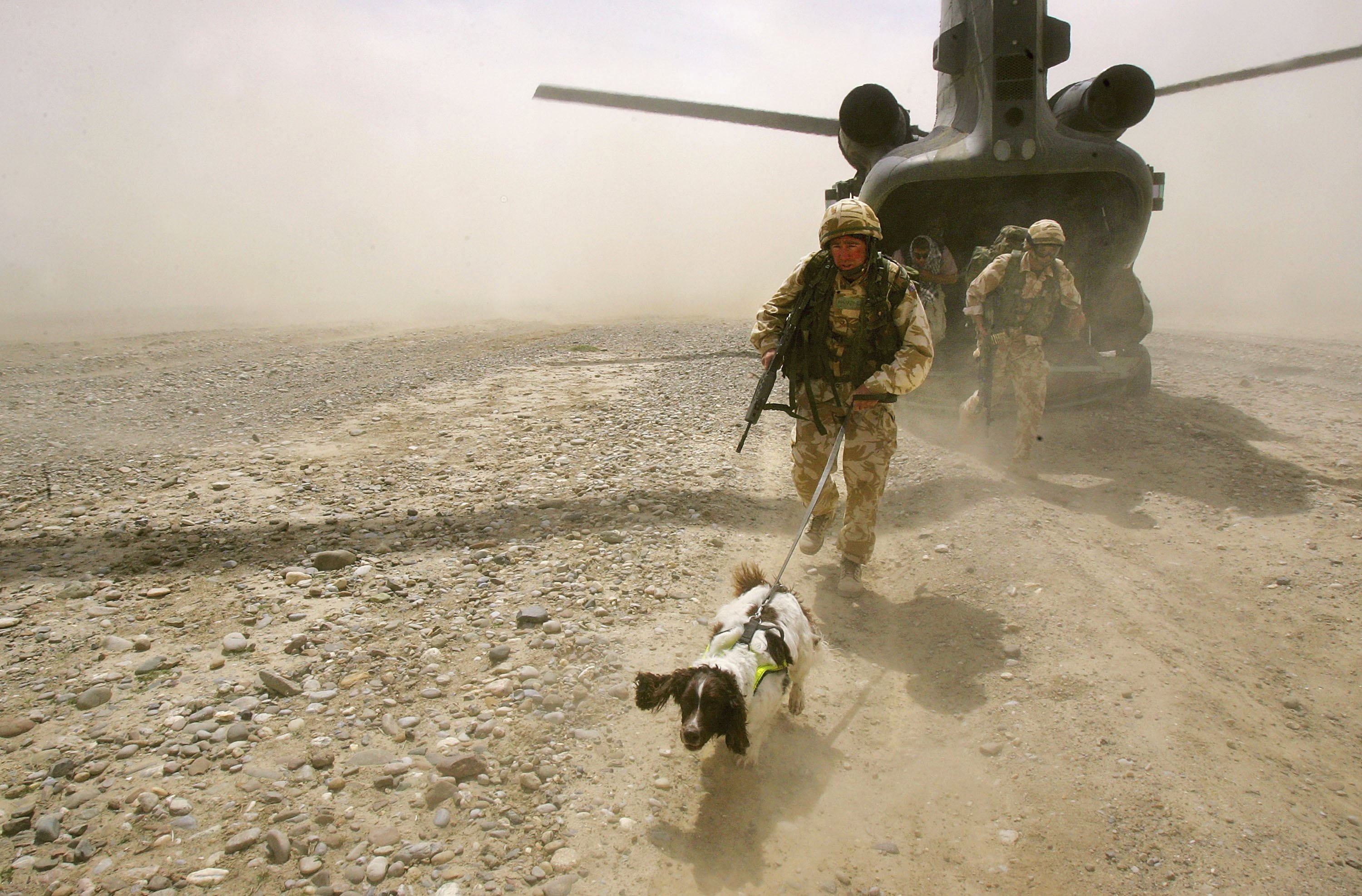
Credit: Getty
Military dogs: The non-judgmental companions who are capable of bravery far beyond the call of duty
Working in hostile and high-pressure environments across the globe, military working dogs build enviably strong relationships with their handlers, finds
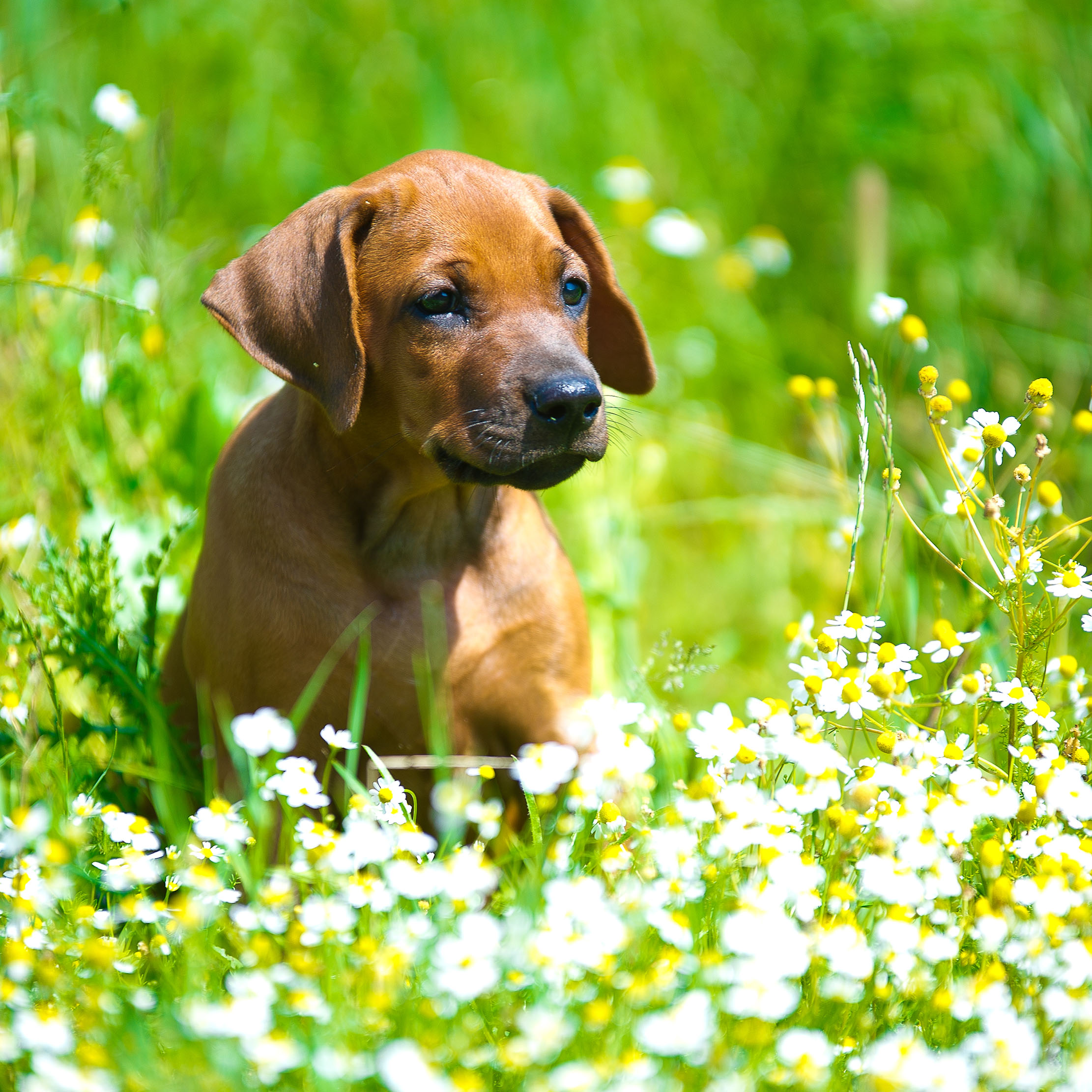
Credit: Getty Images/iStockphoto
The common garden plants that are deadly to dogs and cats – and what to do if they eat one
Many beautiful and common plants in the average English garden can prove fatal to household pets. Peter Green, a veterinary
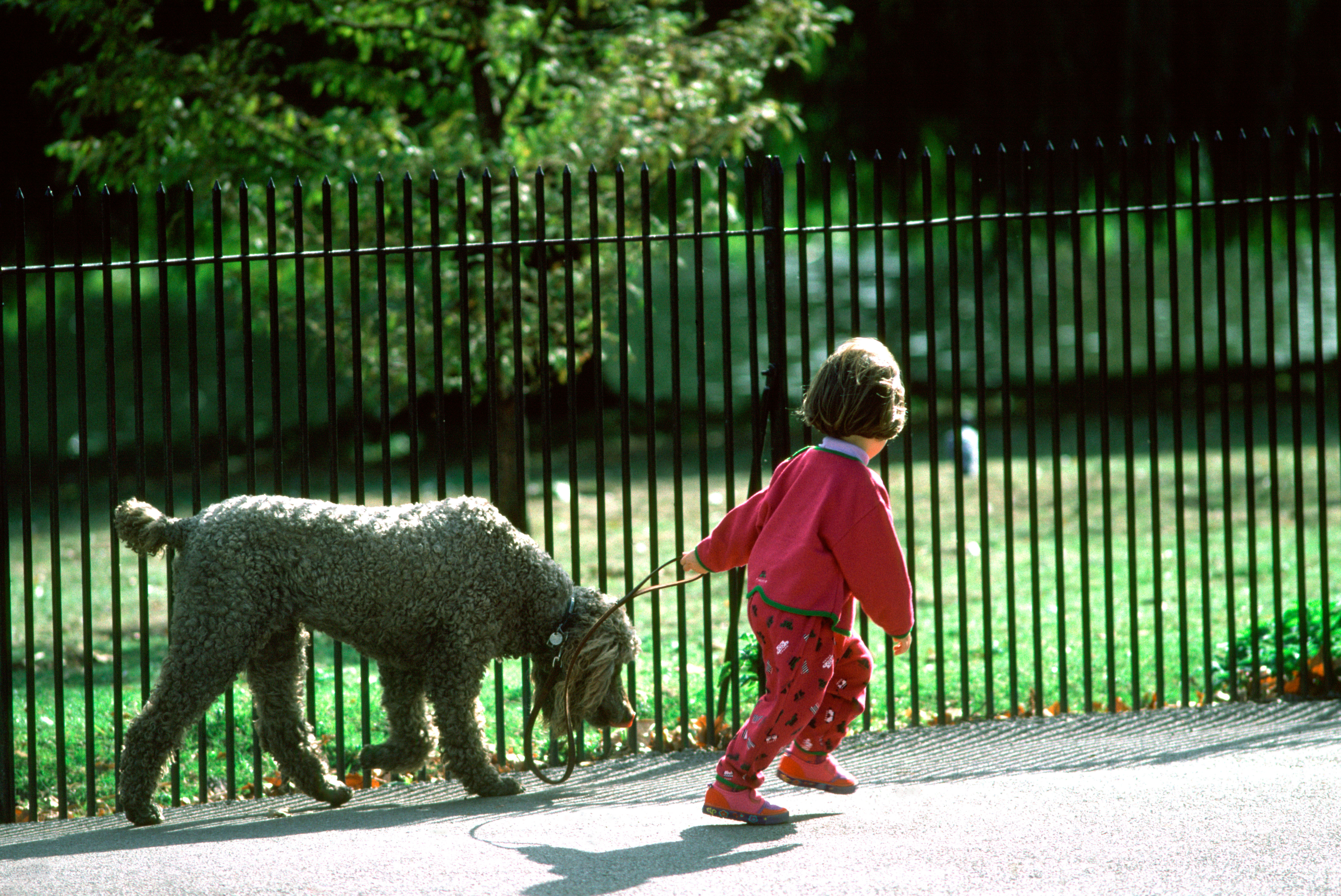
Credit: Alamy
Dog-friendly London: Where to eat, shop and stay with your four-legged friend
Planning a trip to the capital, but don’t want to leave the most important member of the family at home?
Country Life is unlike any other magazine: the only glossy weekly on the newsstand and the only magazine that has been guest-edited by His Majesty The King not once, but twice. It is a celebration of modern rural life and all its diverse joys and pleasures — that was first published in Queen Victoria's Diamond Jubilee year. Our eclectic mixture of witty and informative content — from the most up-to-date property news and commentary and a coveted glimpse inside some of the UK's best houses and gardens, to gardening, the arts and interior design, written by experts in their field — still cannot be found in print or online, anywhere else.
